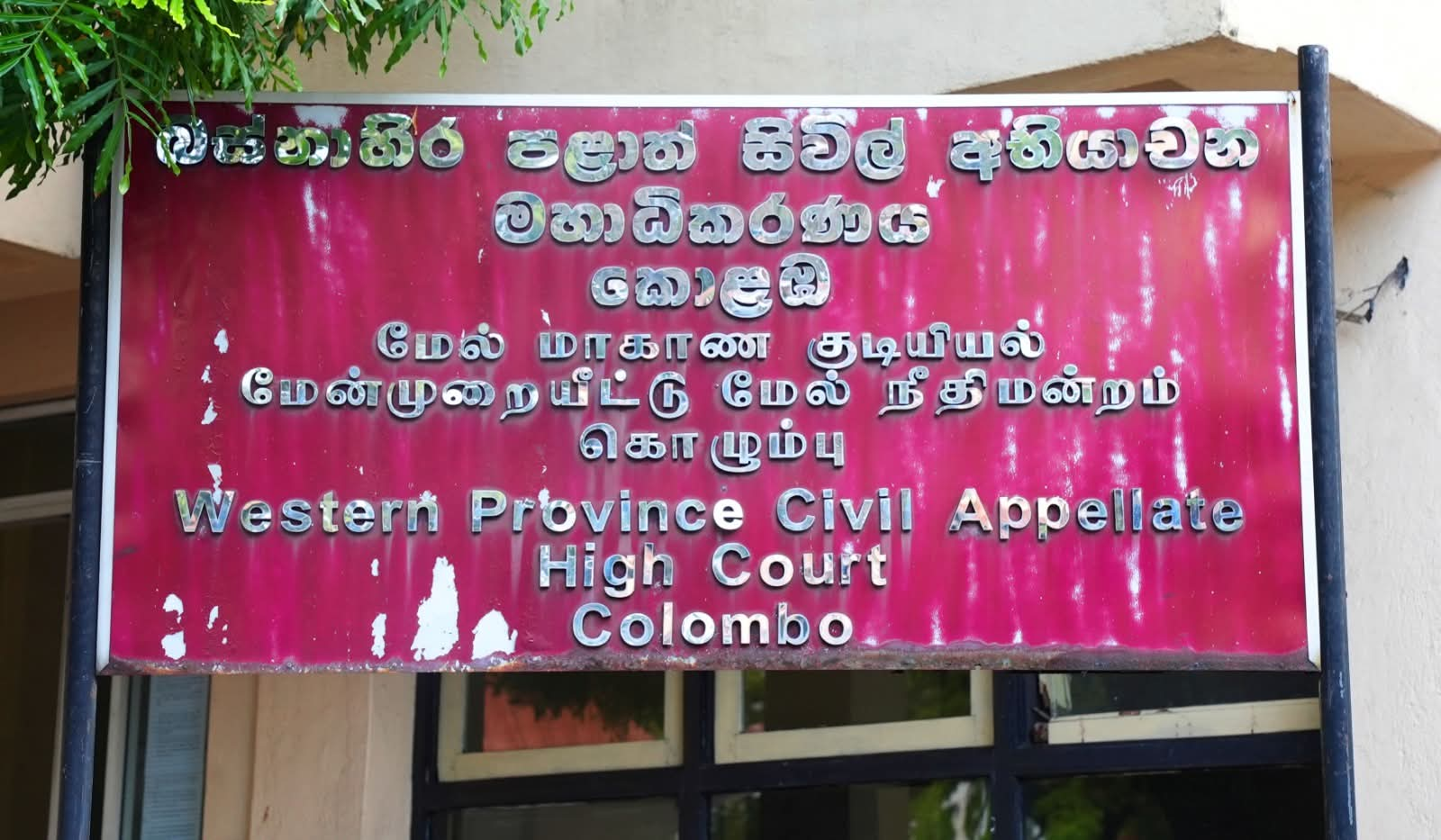“…An application under Section 29P People’s Bank Act cannot be considered an action within the meaning of Section 10 of the Prescription Ordinance and Section 6 of the Civil Procedure Code…”
In Parate Execution: SC Clarifies the Scope of Sec. 29P of the People’s Bank Act

- “…An application under Section 29P People’s Bank Act cannot be considered an action within the meaning of Section 10 of the Prescription Ordinance and Section 6 of the Civil Procedure Code…”
- “…These provisions must necessarily be interpreted with reference to the purpose of these Acts, which is to expedite the debt recovery process and related banking activities…” – Justice Thurairaja PC
- Supreme Court rejects the borrower’s claims under the Prescription Ordinance
In a recent decision, the Supreme Court clarified the nature of Section 29P of the People’s Bank Act, No. 32 of 1986, and its role as a procedural tool for recovering possession of immovable property sold through parate execution. Designed to streamline the recovery process, Section 29P enables purchasers to seek possession via a summary application to the District Court after the auction. The Court ruled that such applications are not “actions” as defined under Section 6 of the Civil Procedure Code (CPC) or the Sections 3 or 10 of the Prescription Ordinance. Thereby, the Supreme Court rejected the borrower’s claims under the Prescription Ordinance.
The dispute began over two decades ago when loans were secured from People’s Bank, with a property mortgaged as collateral. Following a default on repayments, the bank auctioned the property in 2000. With no external bidders, the bank itself purchased the property via a Certificate of Sale. However, the borrower failed to vacate, prompting the bank to initiate legal proceedings for possession.
According to the Bank, during this time the legal landscape shifted following the Supreme Court’s judgment in Ramachandra v. Hatton National Bank, which created ambiguity in the enforcement of third-party mortgages via parate execution. This prompted People’s Bank to withdraw its initial action in 2003 and file a fresh case in 2014 under Section 29P of the People’s Bank Act, seeking an order for possession. In the second case the original of the certificate of sale was missing.
The borrower opposed the bank’s claim, alleging the auction was conducted in breach of an enjoining order issued in 2000, thereby invalidating the proceedings. The borrower also argued that continuous possession for over 10 years granted prescriptive rights to the property and the fact that the case was filed in violation of section 10 of the Prescription ordinance (lapsed the time).
The District Court ruled against the bank, citing prescription and the absence of the original Certificate of Sale. On appeal, the High Court of Civil Appeal acknowledged errors in the District Court’s findings but dismissed the bank’s case, concluding that the borrower was in a position to establish a prescriptive right and that the proper remedy was a re vindicatio action.
Questions relating to the auction process and the validity of certain documents were not brought before the Supreme Court. Instead, the appeal focused on the applicability of the Prescription Ordinance and whether an application under Section 29P constituted an “action.” Thus, the Supreme Court held the following:
“…An application under Section 29P of the People’s Bank Act or Section 16 of the Recovery of Loans by Banks (Special Provisions) Act can be made by a purchaser of a property subjected to parate execution for the purpose of obtaining an order for possession thereof. These provisions must necessarily be interpreted with reference to the purpose of these Acts, which is to expedite the debt recovery process and related banking activities..”
“…As such, I am of the view that the procedure set out in Section 29P of the People’s Bank Act is not an ‘action’ as contemplated in the Prescription Ordinance and Section 6 of the Civil Procedure Code for it does not fall within the ambit of an “application to a court for relief or remedy”. To this extent, I am in agreement with the finding of the High Court of Civil Appeal that “…The cause of action that had occurred to the Petitioner-Petitioner [the Appellant Bank] against the Respondent-Respondent in respect of this loan transaction had already come to an end after the auction. The cause of action does not exist anymore. Therefore, the application made by the Petitioner-Petitioner to recover possession is not an action within the meaning of the Prescription Ordinance, but a mere application to recover possession under the Provisions of the People’s Bank Act…”
“…Having found that an application under Section 29P People’s Bank Act is not an action within the meaning of Section 10 of the Prescription Ordinance, the High Court of Civil Appeal had thereafter gone on to dismiss the revision application before it on the basis that the Respondent was in a position to establish a prescriptive right. This is a self-contradictory conclusion. Section 3 of the Prescription Ordinance entitles a ‘defendant in any action’ to a decree in his favour where such defendant establishes proof of undisturbed and uninterrupted possession of the land or immovable property in suit by a title adverse to or independent of that of the claimant or plaintiff in such action for a period longer than ten years. If an application under Section 29P People’s Bank Act is not an action within the meaning of Section 10 of the Ordinance, it cannot be an action within the meaning of Section 3 of the Ordinance…” – Justice S. Thurairaja PC
Case No: SC Appeal No. 31/2023 [Decided on 08.11.2024]
BEFORE: JAYANTHA JAYASURIYA, PC, CJ MURDU N.B. FERNANDO, PC, J AND S. THURAIRAJA, PC, J










